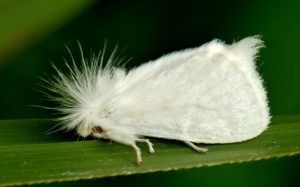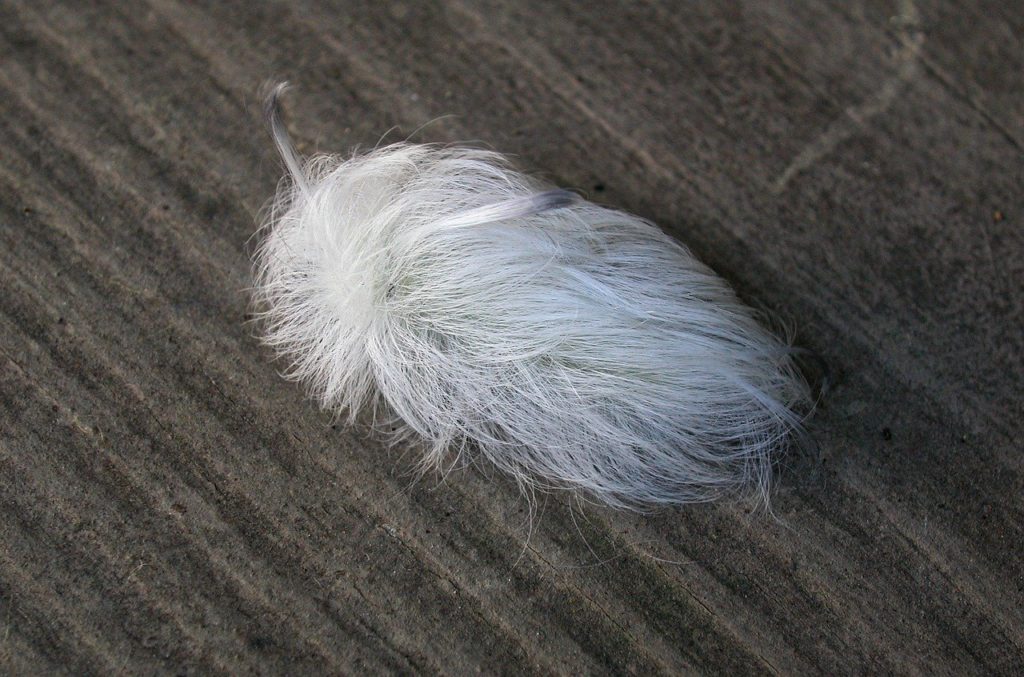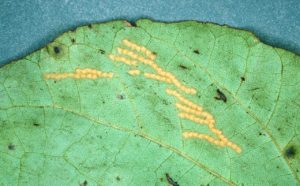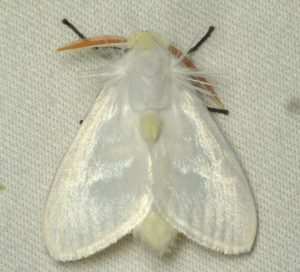White Flannel Moth (Norape ovina)
The white flannel moth is a member of the flannel moth family. The species name ovina means “of or like sheep” in Latin.
The caterpillar is not only poisonous, but also one of the most dangerous bugs in America. A sting from this insect can cause pain, blisters, and swelling and, even severe complications if left untreated.
Scientific Classification
- Family: Megalopygidae
- Genus: Norape
- Scientific Name: Norape ovina
Description and Identification
Adult Moth
Sexual Dimorphism: Present.
The males have orange-colored, flat antennae, which are not present in the females.
Color and Appearance
When opened, the wings appear white and hairy. When closed, the color and pattern remains the same.
Besides the wings, they have an overall white body, with hairs from its thorax sticking out in all directions, giving it a frilly appearance. The underside of its body, including its eyes and face, is black.
Average wingspan: 27–33 mm
Flight pattern: Not recorded
Season: April to May; July to October
Quick Facts
| Distribution | United States ranging from Washington D.C., south to Florida, west of Montana, and Texas; Mexico, Guatemala, Venezuela, Bolivia, Panama, and Suriname |
| Habitat | Open woodlands |
| Predators | Birds |
| Lifespan of Adults | Not recorded |
| Host Plants | Hackberry, redbud, beech, mimosa, and locust trees |
| Adult Diet | Not recorded |
Scientific Classification
- Family: Megalopygidae
- Genus: Norape
- Scientific Name: Norape ovina






